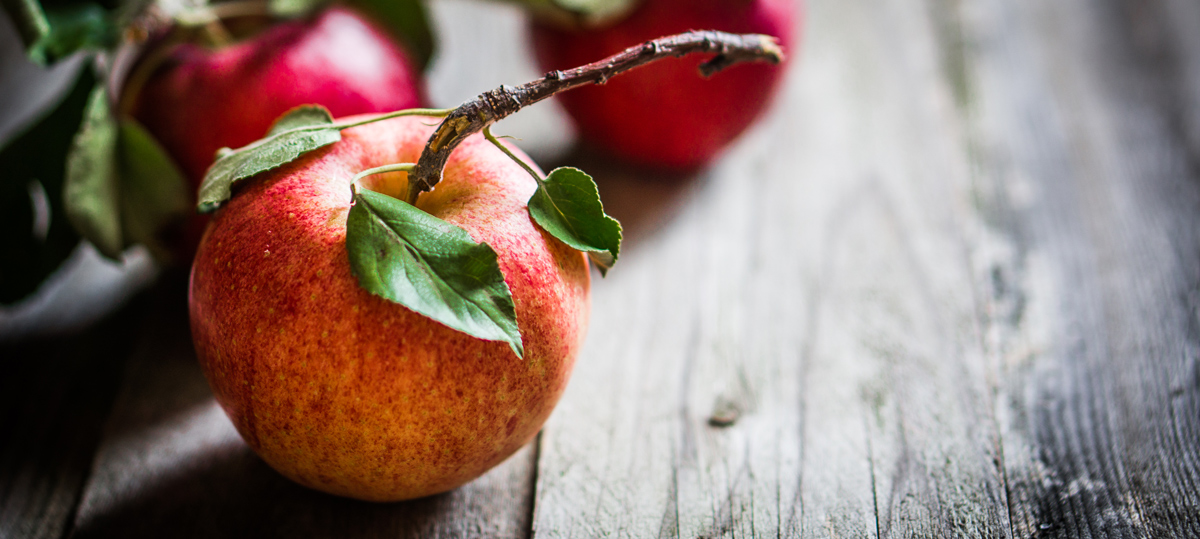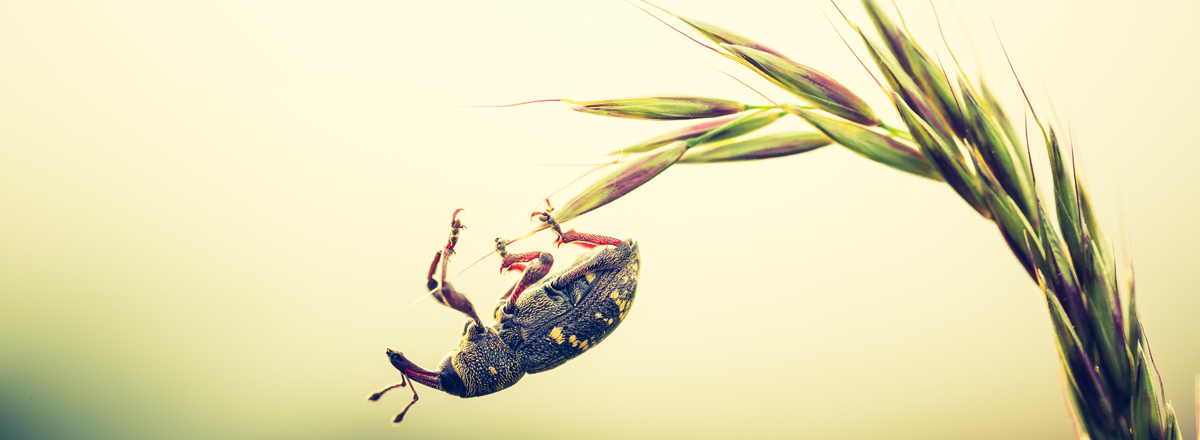
Plants, insects, bacteria, fungi and other organisms are all a natural part of our environment. Many benefit and hence our lives whilst others can be destructive and need keeping under control. The majority of pesticides used today are manufactured form toxic chemicals developed in a laboratory by scientists and mass produced in factories. These pesticides are toxic by design and can be extremely hazardous, not only to the pests they are designed to control but also to humankind, by contaminating our food and water supply and poisoning our wildlife and environment.
Home
Controlling pest and insect invasions in and around our homes and gardens is a seemingly never-ending task. Certain insects and rodents can contaminate stored food products, carry organisms that may cause serious human and animal diseases, infest our pets fur, and threaten fruit trees and vegetation. Many household products are classified as pesticides including; cockroach sprays, insect repellents, flea and tick sprays & collars and weed killers. The safest way to control pests and protect yourself from these hazardous chemicals is to avoid them at all costs and replace them with natural alternatives such as our home-made Ant spray.
Food
The Environmental Protection Agency’s so-called “tolerance levels” for pesticides are good for the agriculture industry, but not so good for humans. That’s right – despite growing research showing that pesticides can be harmful at very low doses, the EPA still allows pesticides to be sprayed on our fruits and vegetables and we are told they are safe to consume!
Hazardous pesticides such as; chlorpyrifos have been linked to brain and nervous system damage in children, as well as other serious health issues – even in small doses. A child that eats just one peach or even a single strawberry with the legally allowable residues of chlorpyrifos would exceed the EPA’s own safe exposure level for this food alone. That is why EWG is teaming up with Friends of the Earth to urge the EPA to update its pesticide standards!
The current EPA pesticides tolerances are like having a 500 mph speed limit – if the rules of the road are so loose, it’s impossible to violate them. It is high time the EPA fulfilled its mission to protect human health by accounting for exposures to multiple pesticides on produce and limiting pesticide residues on food overall. Nearly 70 percent of conventional fruits and veggies test positive for at least one pesticide, even after they have been washed or peeled. The “Dirty Dozen“ list is produced by the the Environmental Working Group (EWG) and summarises the significant amount of pesticides used on consumable produce. The research also highlights The ‘Clean Fifteen’- which are the fruits and vegetables which contain the least amount of pesticide residue.
We urge you to take the time to explore the Shoppers Guide to Pesticides in Produce, showing the full list and charts of the “Clean Fifteen and Dirty Dozen” from the EWG 2017.
Environment
Pesticides can travel great distances through the environment. When sprayed on crops or in gardens, pesticides can be blown by the wind to other areas. Research has shown, that over 95% of herbicides and over 98% of insecticides do not reach the targeted pest. This is because pesticides are applied over large tracts of land and carried away by wind and water runoff. The environment includes all of the living and non-living things that surround us, including the air, water, plants, soil and wildlife.
So please think twice before reaching for that can of pesticide or insect repellant!

